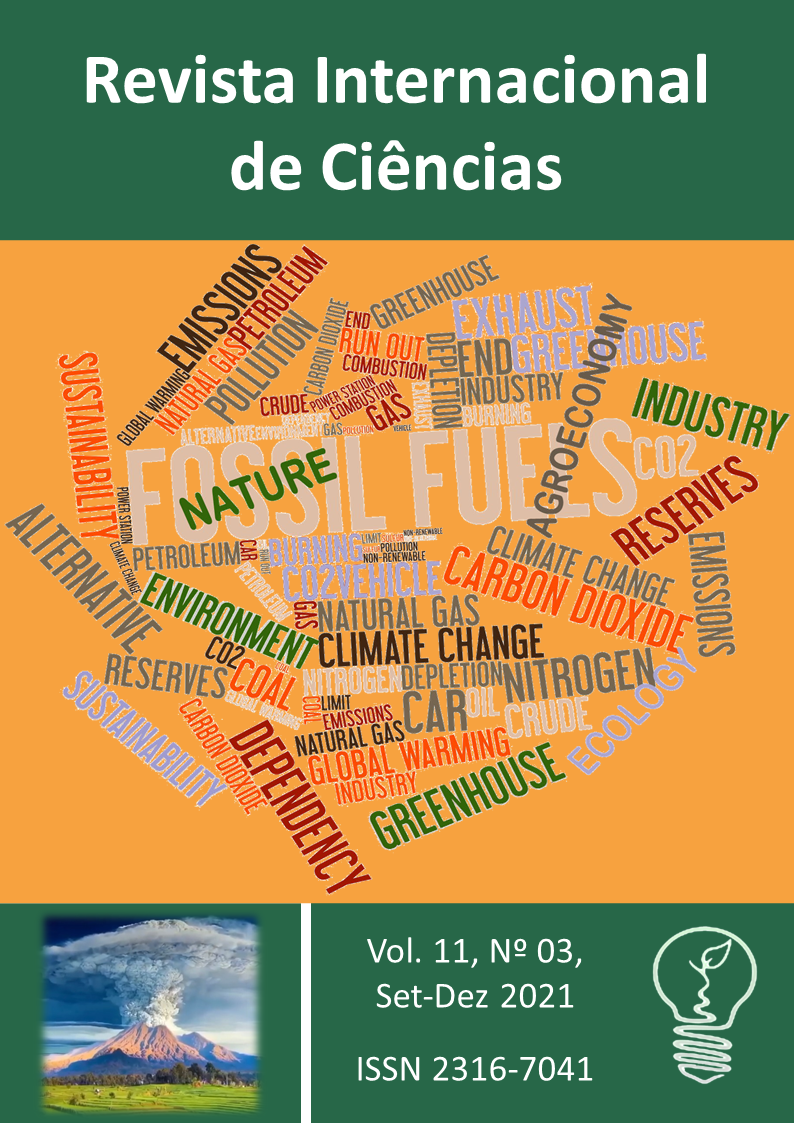BIOLOGICAL CONTROL OF TOMATO PHYTOPATHOGENS AS AN ALTERNATIVE TO AGRICULTURAL DEFENSIVES AND ANTIBIOTICS
DOI:
https://doi.org/10.12957/ric.2021.57083Keywords:
tomato disease, phytopathogens, lactic acid bacteria, agricultural defensive, biological controlAbstract
The tomato (Solanum lycopersicum L.) is one of the most cultivated vegetable in the world. China represents about 25 % of all world production, so there is a dependence and constant use of agricultural defensives in tomato crops. The application of chemical products banned in many parts of the world has as a side effect a major impact on human health and the ecosystem, therefore necessary to adopt other disease prevention strategies. Another method of combating tomato diseases is the use of microorganisms as a form of biological control, which is considered an alternative to agricultural defensives and antibiotics offering better sustainability and less toxicity. In this work, the agricultural defensives most used by producers were, Pyraclostrobin, Mancozebe, Copper oxychloride, and derivatives of DDT. For the antibiotics, Streptomycin and Oxytetracycline were the most used, whereas Bacillus spp. and Lactic Acid Bacteria (LAB) was the microorganisms most cited as a form of biological control. Lastly the main phytopathogens of tomato were Xanthomonas spp., Clavibacter michiganensis subsp. michiganensis and Ralstonia solanacearum. The objectives of this work were to identify the main types of agricultural defensives, antibiotics, and genera of microorganisms used to control tomato diseases and to compare their impact on human health and the environment.
Downloads
Published
How to Cite
Issue
Section
License
Os Direitos Autorais dos artigos publicados na revista Revista Internacional de Ciências pertencem ao(s) seu(s) respectivo(s) autor(es), com os direitos de primeira publicação cedidos à RIC.
Os artigos publicados são de acesso público, de uso gratuito, com atribuição de autoria obrigatória, para aplicações de finalidade educacional, de pesquisa de acordo com o modelo de licenciamento Creative Commons 4.0 adotado pela revista.
A Revista Internacional de Ciências utiliza uma Licença Creative Commons Atribuição 4.0 Internacional.



